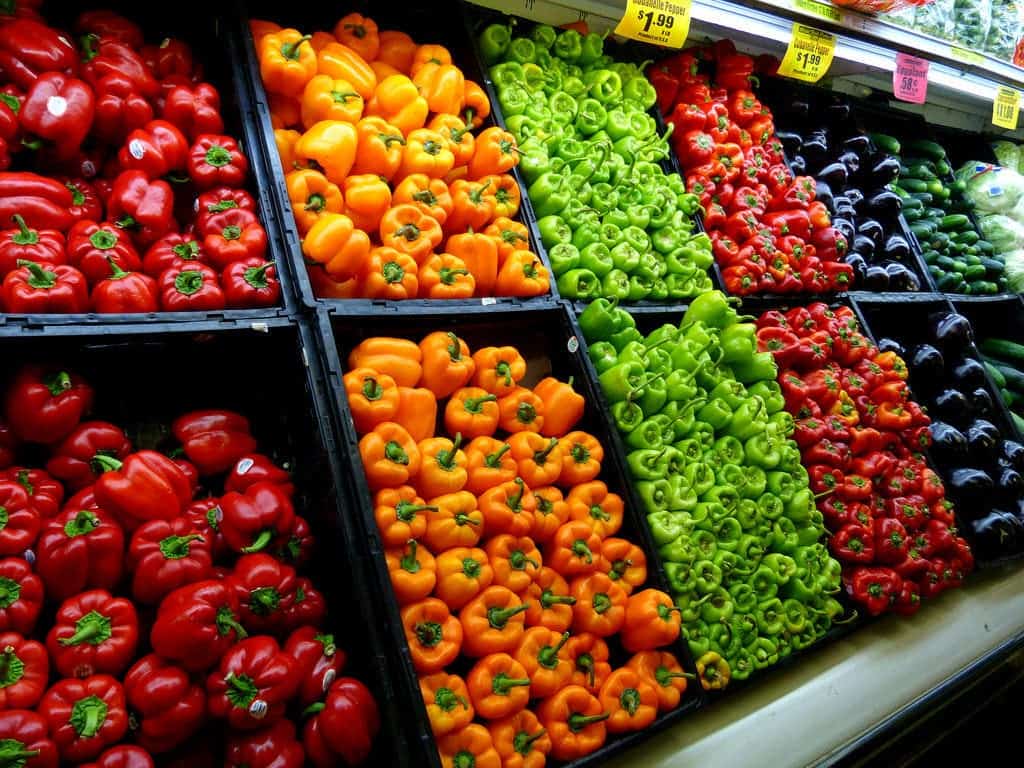Swedish researchers have quantified how much produce gets wasted away. In a study focusing on three supermarkets, they found that seven fruits and veggies amount for about half of all food waste, and among them, bananas are the worst culprits.

Food waste is a massive problem — roughly one-third of all the food we produce gets wasted, amounting to just about one trillion US dollars. So this is not only a waste of crucial natural resources but also a huge waste of money.
Most of the food is wasted in our very own homes, but retailers are also an important part of the problem. In the study, scientists assessed fruit and vegetable waste based on quantity, economic costs and the impact on the climate. In all three categories, they found that seven products clearly stand ahead of the pack: bananas, apples, tomatoes, lettuce, sweet peppers, pears, and grapes. Together, these seven produce items account for 50% of all the wasted food.
“We used estimates reached by other researchers to calculate the climate impact. We looked at the emissions that can be linked to various fruits all the way from production and to the product in the supermarkets,” says Lisa Mattsson at Karlstad University.
Out of these seven, bananas were wasted the most. However, it’s not necessarily the retailers’ fault. Sure, bananas quickly overripen, but we, the consumers, are also at blame. Bananas are quite popular and are therefore bought and sold a lot. When compared to total sales, other products were wasted more.
“In defence of the banana, they also represent a big turnover. We love bananas but we do not buy them if they have any brown spots, so it is the consumers’ fault as well that so much get thrown away. Naturally, the more a retailer buys of a type of fresh produce, the more that goes to waste. This is decisive for bananas, apples and tomatoes. However, a higher proportion of sweet peppers and pears go to waste compared to their total sales.”
Researchers say that by knowing what the main culprits are, retailers can take measures to reduce food waste by targeting these products. This is not only sensible and environmentally friendly, but it can also save a lot of money in the process.
“Retailers may profit by allocating more staff hours to measures that lead to reduced fruit and vegetable waste, thereby saving money and the environment,” says Mattsson.
Of course, things might be somewhat different in other parts of the world, or potentially even in other supermarkets. But no matter where you go (especially in the developed world), food waste is still a challenging issue. However, through study and proactive policy, this can be largely reversed, Mattsson concludes.
Journal Reference: Lisa Mattsson, Helén Williams, Jonas Berghel — Waste of fresh fruit and vegetables at retailers in Sweden – Measuring and calculation of mass, economic cost and climate impact. https://doi.org/10.1016/j.resconrec.2017.10.037






